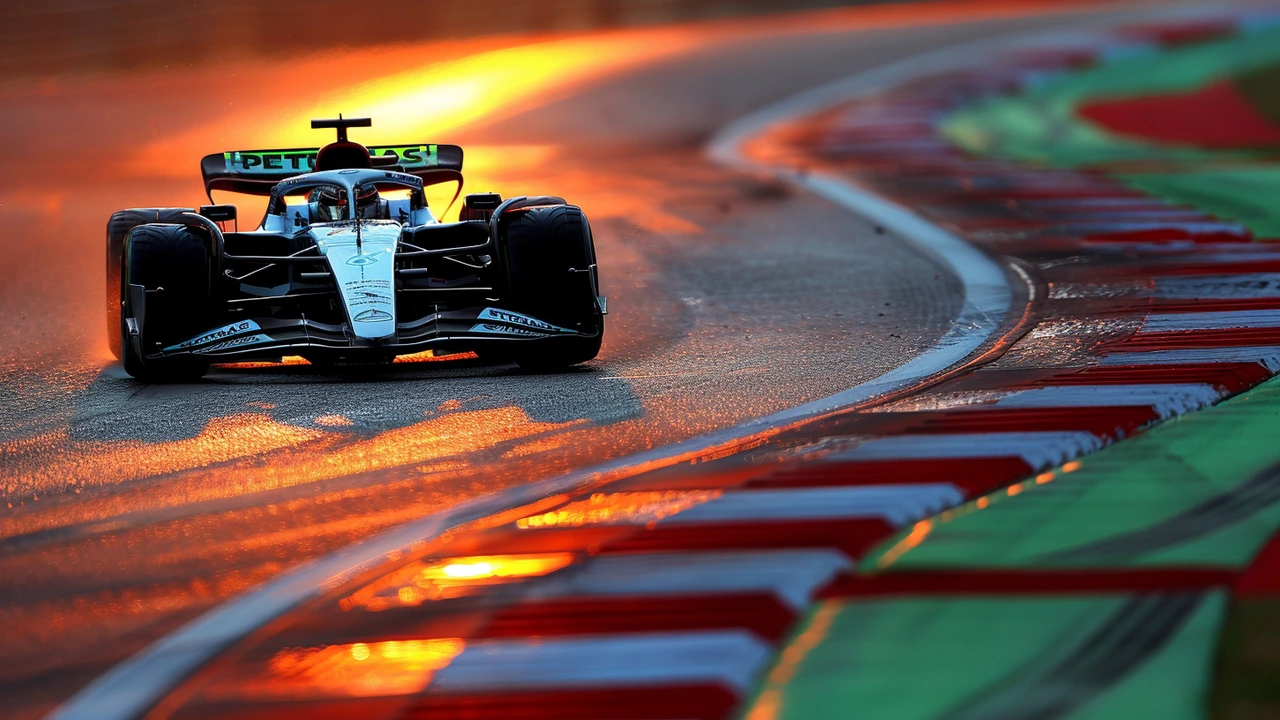Spanish GP: What to expect at the Circuit de Barcelona-Catalunya
The Spanish GP is more than a race — it's where teams reveal mid-season upgrades and drivers get tested on pure balance. Want to know the practical stuff without fluff? Here’s a straight-up guide: when the sessions happen, what the track demands, how to watch, and smart tips if you’re going in person.
Weekend schedule & key facts
A typical F1 weekend in Barcelona runs: Free Practice 1 (Friday morning), Free Practice 2 (Friday afternoon), Free Practice 3 (Saturday), Qualifying (Saturday), and the Race (Sunday). The Circuit de Barcelona-Catalunya is 4.655 km per lap with 66 laps, so expect roughly a 307 km race. Qualifying decides the grid — watch the final Q3 session, it sets the tone for Sunday.
Why this track matters: its long high-speed corners expose chassis weaknesses and car balance. If a team gets things right here, they usually carry that advantage into several races.
Track tips — strategy, overtaking, tyres
Tyre wear is a key factor. Barcelona’s surface tends to be abrasive, so managing mediums and hards matters. Pirelli usually brings a mix leaning toward durability, but teams still balance pace versus long stints. Pit stops can swing your race — a well-timed undercut often pays off.
Overtaking zones are limited. The main straight into Turn 1 is the biggest opportunity, especially with DRS enabled. A good exit out of Turn 3 and strong top speed help down the straight. Clean laps in qualifying are gold here — being a few tenths off can drop you several places on race day.
Weather can be a curveball. Warm, sunny days make the track grippy but boost tyre degradation. Wind or cooler temps change downforce needs. Keep an eye on session temps if you follow live timing.
Drivers to watch? The usual suspects — the title contenders and those known for qualifying speed. Keep track of how teams adapt upgrades; Barcelona often splits the field more than other tracks.
How to watch: F1 TV Pro streams the full weekend live and on-demand in many countries. Broadcasters vary by region — Sky Sports, ESPN, and local rights holders take weekend coverage. If you’re outside those markets, check regional sports channels or streaming partners. Timing varies — convert local times so you don’t miss qualifying or the start.
Going to the race? Buy tickets early, arrive before gates open to avoid queues, and use public transport where possible. Bring ear protection, sun protection, and a portable battery for your phone. If you want paddock views, premium tickets are worth it, but general admission often gets great sightlines at the major corners.
Final quick tip: follow live timing and team radio on your device. Info on gaps, tyre stints, and safety car windows will make the weekend more exciting and help you spot the moves that decide the race.
Mercedes Shines as Red Bull Strategizes: Insights from Friday Practice at 2024 F1 Spanish GP
Friday's practice at the 2024 Spanish Grand Prix saw Lewis Hamilton and Mercedes leading the charts. Despite early struggles, Red Bull remains confident with upcoming setup changes. Ferrari and McLaren also showed strong potential, suggesting an intense competition ahead. Key incidents included Alonso's red flag and brief gravel excursions for Hamilton and Norris.
